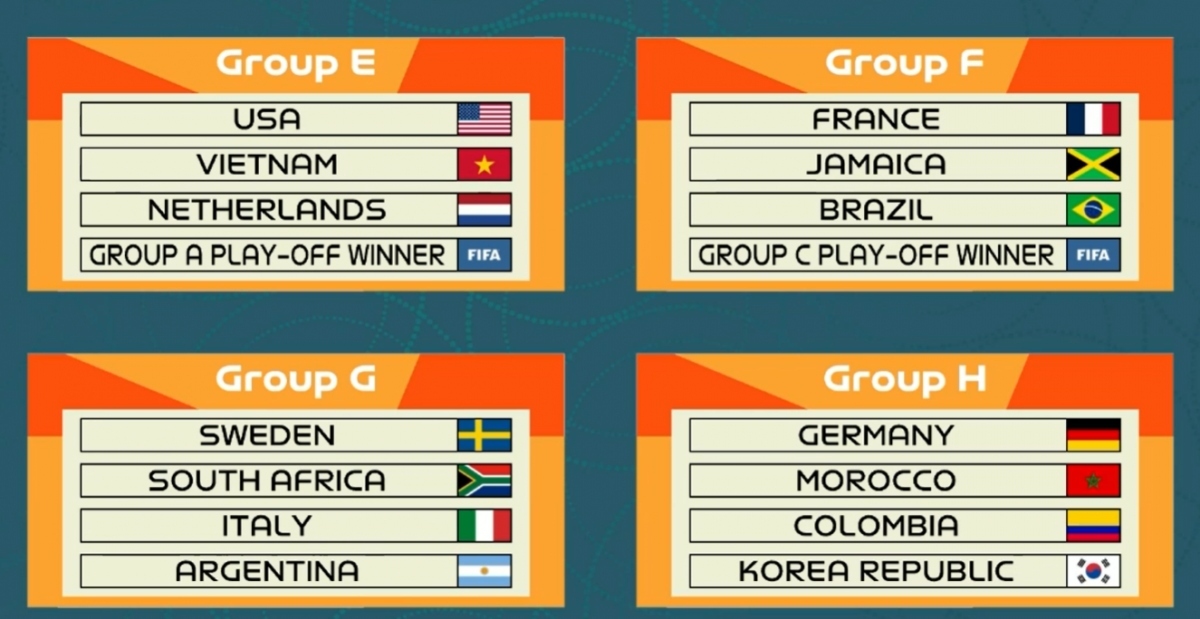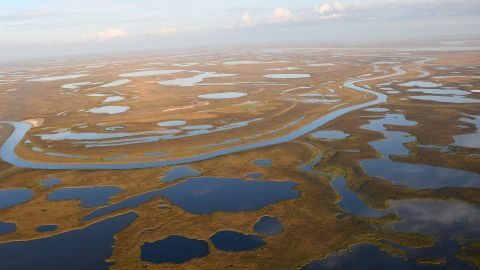VOV.VN – Vietnam have been drawn in Group E alongside defending champions the United States, the Netherlands, and a playoff winner at the 2023 FIFA Women’s World Cup, as announced at the draw held in New Zealand on October 22.

This represents a huge challenge for Vietnam as the USA are four-time champions and they are currently placed at the top of the FIFA Women’s World Rankings.
Elsewhere, the Netherlands were the runners-up of the FIFA Women’s World Cup in 2019 and are now in eighth position in the global rankings.
The final Group E team could be either Thailand, Cameroon, or Portugal, and the name will be announced after a play-off match in February, 2023.
Group E matches will take place in New Zealand from July 22 to August 1 next year.
Vietnam are scheduled to take on the USA on July 22, the play-off winner on July 27 and the Netherlands on August 1.
The 2023 FIFA Women’s World Cup is the ninth edition of the global tournament, the quadrennial world championship for women’s national football teams organised by FIFA.
The 2023 tournament will be jointly hosted by Australia and New Zealand from July 20 to August 20, 2023. This is the first time that the FIFA Women’s World Cup will have two host nations and 32 teams to vie for the trophy instead of 24 as previously.
This is the first time that Vietnam have progressed to the finals of the international tournament.

